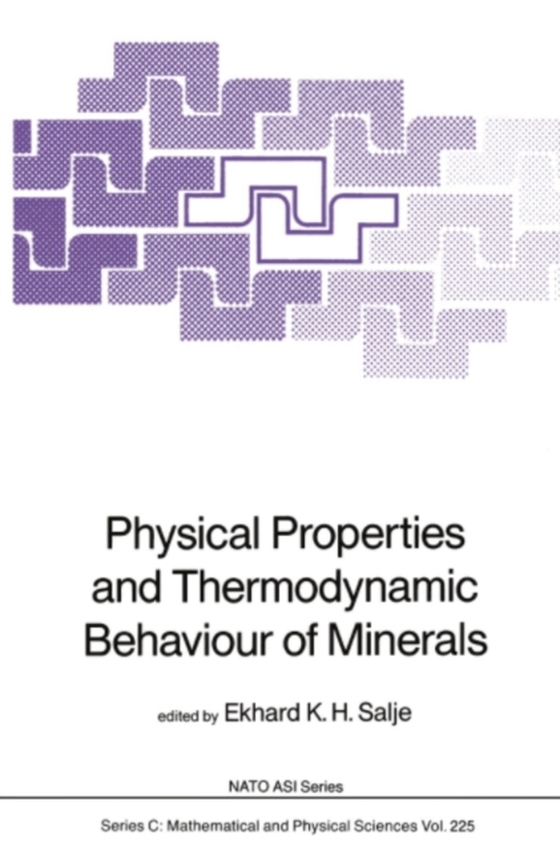
Physical Properties and Thermodynamic Behaviour of Minerals e-bog
2921,57 DKK
(inkl. moms 3651,96 DKK)
The role played by earth sciences in the scientific community has changed considerably during this century. Since the revolutionary discoveries of global processes such as plate tectonics, there has been an increasing awareness of just how fundamental many of the mechanisms which dominate in these processes depend on the physical properties of the materials of which the earth is made. One of th...
E-bog
2921,57 DKK
Forlag
Springer
Udgivet
6 december 2012
Genrer
RBGG
Sprog
English
Format
pdf
Beskyttelse
LCP
ISBN
9789400928916
The role played by earth sciences in the scientific community has changed considerably during this century. Since the revolutionary discoveries of global processes such as plate tectonics, there has been an increasing awareness of just how fundamental many of the mechanisms which dominate in these processes depend on the physical properties of the materials of which the earth is made. One of the prime objectives of mineral sciences is now to understand and predict these properties in a truly quantitative manner. The macroscopic properties which are of most immediate interest in this context fall within the conventional definitions of thermodynamics, magnetism, elasticity, dielectric susceptibilities, conductivity etc. These properties reflect the microscopic contributions, at an atomistic level, of harmonic and anharmonic lattice vibrations, ionic and electronic transport as well as a great variety of ordering and clustering phenomena. The advances made by solid state physicists and chemists in defining the underlying phenomena lnvolved in the thermal evolution of materials have stimulated major new research initiatives within the Earth Sciences. Earth Scientists have combined to form active groups within the wider community of solid state and materials scientists working towards a better understanding of those physical processes which govern not only the behaviour of simple model compounds but also that of complex materials like minerals. Concomitant with this change in direction has come an increasing awareness of the need to use the typical working tools of other disciplines.
 Dansk
Dansk

